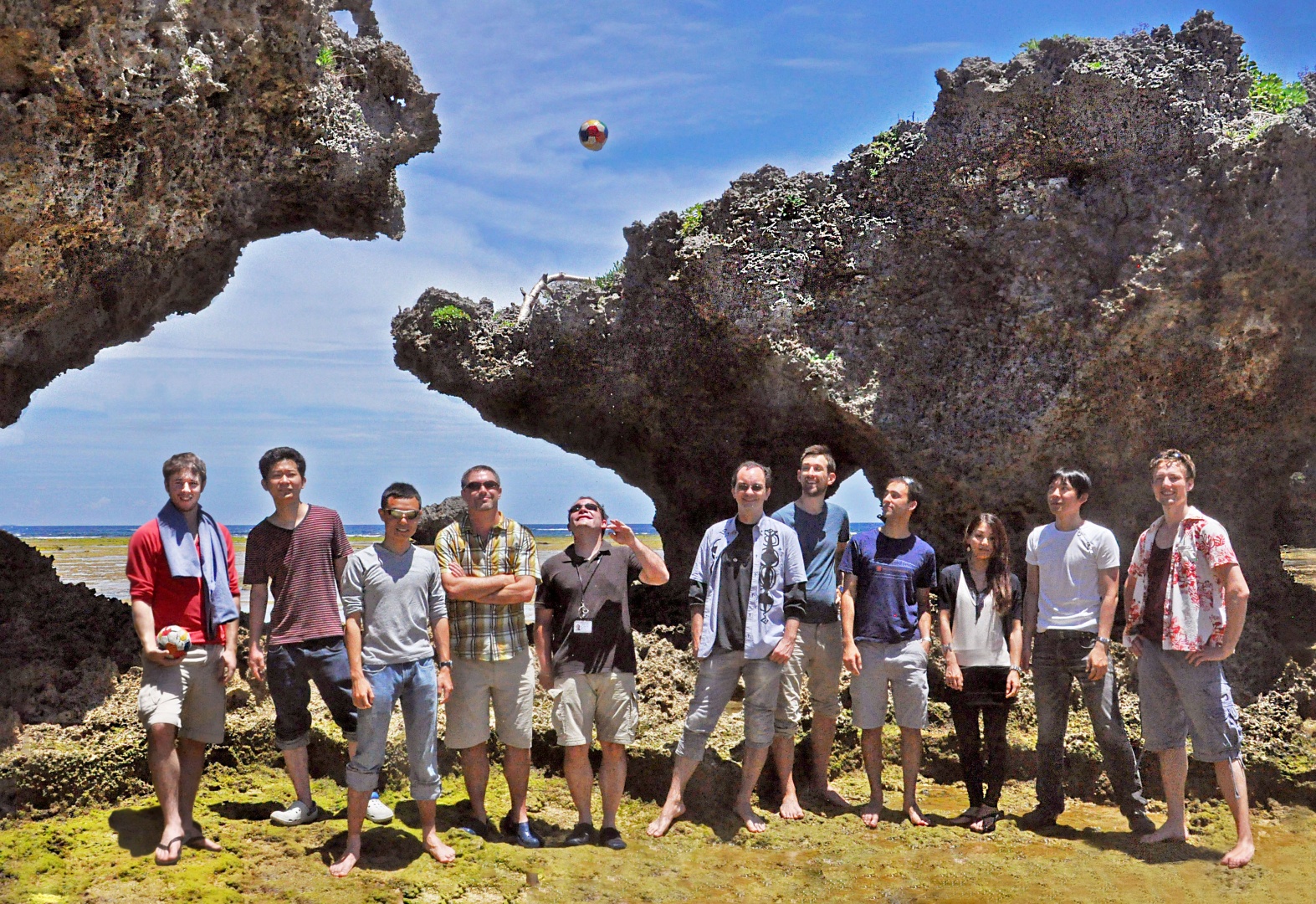Theory of Quantum Matter Unit (Nic Shannon)

Theory of Quantum MatterThis is particularly true where a large number of quantum obejcts interact, whether these Helium atoms in a superfluid, electrons in a superconductor, cold atoms in an optical trap, or quibits in a quantum computer. In all of these cases, the behaviour of the whole can be very different from the sum of the parts.
The Theory of Quantum Matter group uses a wide range of numerical and analytic techniques to explore these phenomena. Interests represented in the group include novel phases in quantum materials; topological aspects of quantum matter; statistical physics; the application of machine learning to problems in many-body physics; and many-body aspects of quantum computing.
The group has a particular insterest in frustrated magnets - systems torn between one choice and another. The way in which these materials resolve their difficulties has proved a constant source of beautiful, and unexpected, new ideas. We also work closely with experimental physicists, and chemists developing new quantum materials.
You can read more about this work in our Annual Reports, as well as in the papers listed on our Publications page.
Selected Recent Publications"Witnessing disorder in quantum magnets" "Magnon Spectra of Cuprates beyond Spin Wave Theory" "Gravitational wave analogues in spin nematics and cold atoms" "Solution of SAT Problems with the Adaptive-Bias Quantum Approximate Optimization Algorithm" "Dynamical scaling as a signature of multiple phase competition in Yb2Ti2O7" "Semi-classical simulation of spin-1 magnets" "Rank-2 U(1) spin liquid on the breathing pyrochlore lattice" |



